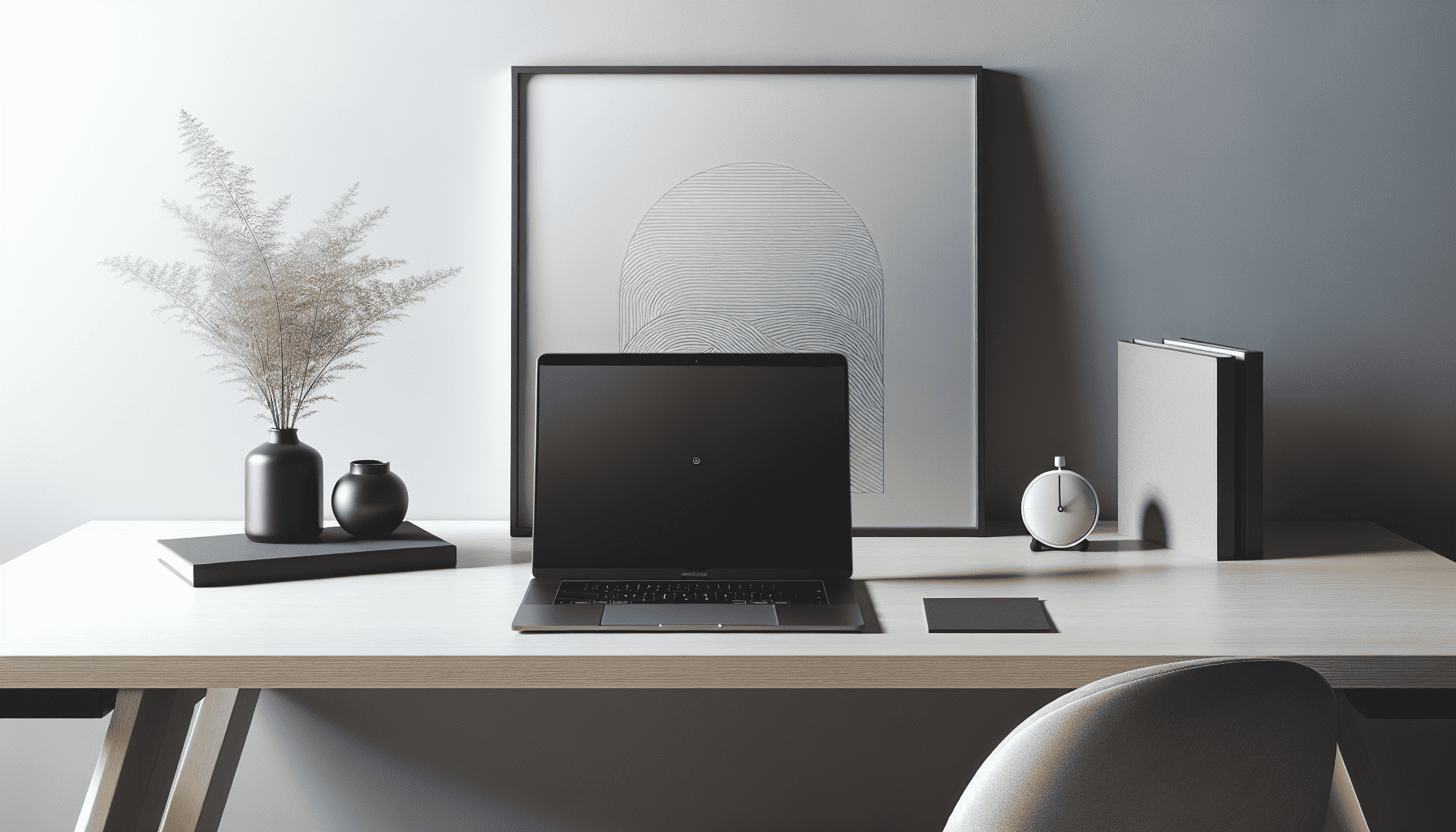In recent years, minimalist design has become a cornerstone of visual aesthetics and user experience across industries. As we move into 2024, its evolution continues to shape our digital and physical environments, emphasizing simplicity and functionality more than ever before. This shift not only enhances user experience but also redefines brand aesthetics, creating a seamless blend of beauty and practicality.
The core principle of minimalist design has always been 'less is more.' However, in 2024, this ethos is undergoing a refinement. Designers are moving away from stark minimalism towards a more 'warm minimalism.' This approach maintains the essential simplicity of minimalist design but incorporates softer, more organic elements. Warm colors, natural textures, and gentle curves are trending, adding a touch of humanity to the otherwise clean and controlled design language.
This evolved minimalist design is vastly impacting user experience. In an era where digital overload is ubiquitous, users crave clarity and ease. Minimalist design serves this need by eliminating clutter, reducing cognitive load, and allowing users to interact with products and interfaces more intuitively. When applied to digital platforms, this approach ensures that content stands at the forefront, facilitating a more direct and fulfilling interaction. For instance, streamlined navigation and clear typography guide users effortlessly towards their goals, enhancing overall satisfaction.
Functionality, an essential component of minimalist design, is also receiving heightened attention. In 2024, designers are prioritizing practical solutions that address user needs while maintaining aesthetic simplicity. Adaptive and responsive design features advance this idea by ensuring interfaces are accessible across various devices without losing their minimalist essence. Furthermore, incorporating intelligent automation and personalization aligns with user needs and preferences, demonstrating that minimalist design is not just about visual appeal but also about meaningful user engagement.
The evolution of minimalist design also significantly influences brand aesthetics. In highly competitive markets, brands are striving to create visually distinctive identities while adhering to minimalist principles. By embracing unique, subtle design elements like custom illustrations, bespoke typography, and gentle animations, brands can achieve differentiation without disrupting the core minimalist philosophy. This strategic integration of individuality ensures brands remain memorable and relatable, engendering trust and loyalty among their audiences.
Moreover, sustainability in design is becoming more critical as consumers demand eco-conscious choices. In 2024, minimalist design intersects with sustainability, favoring durable materials and timeless styles that resist rapid obsolescence. This alignment not only reduces environmental impact but also reinforces a brand’s commitment to sustainable practices, resonating well with environmentally conscious users.
In conclusion, the future of minimalist design is characterized by a shift towards warmth, improved functionality, and sustainable choices, all while maintaining the integrity of its foundational principles. By embracing these developments, designers and brands can create compelling experiences that meet users' demands for simplicity and practical elegance. As we journey deeper into this aesthetic evolution, minimalist design will undoubtedly continue to play a pivotal role in shaping the landscapes of both digital and physical worlds.
